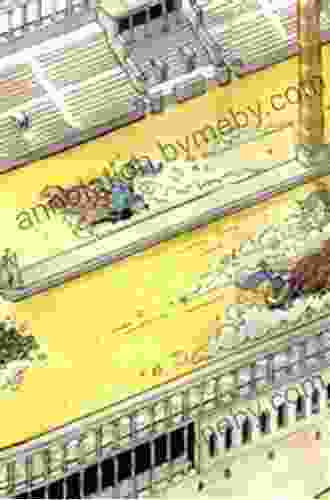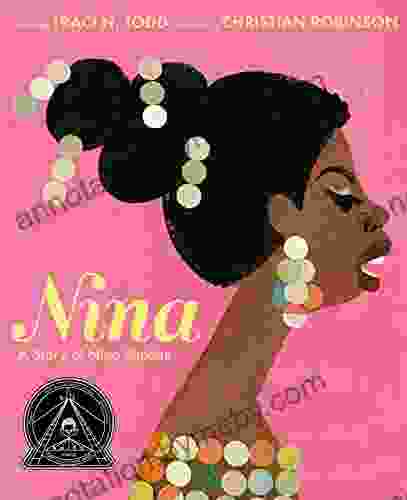The Hippodrome of Constantinople: Elements in the History of Constantinople

In the heart of the ancient city of Constantinople, nestled amidst the grandeur of its imperial palaces and towering churches, lay a magnificent structure that served as a focal point for entertainment, spectacle, and civic life – the Hippodrome of Constantinople.
5 out of 5
| Language | : | English |
| File size | : | 10608 KB |
| Text-to-Speech | : | Enabled |
| Screen Reader | : | Supported |
| Enhanced typesetting | : | Enabled |
| Word Wise | : | Enabled |
| Print length | : | 78 pages |
An Architectural Marvel
Constructed in the 4th century AD by the Emperor Constantine the Great, the Hippodrome was an awe-inspiring architectural achievement. Its vast U-shaped arena measured over 500 meters in length and 120 meters in width, capable of accommodating over 100,000 spectators.
The Hippodrome's imposing facade featured two monumental gates, the Gate of Triumph to the east and the Gate of Life to the west. The spina, a central barrier that divided the arena, was adorned with an array of statues and obelisks, including the famous Serpent Column and the Column of Constantine.

A Stage for Chariot Races
Chariot races were the most popular and thrilling entertainment in Constantinople. Held on Sundays and during major festivals, these races pitted teams of charioteers against each other in a high-stakes competition for fame and glory.
The Hippodrome's racetrack was composed of two parallel tracks, each almost 600 meters in length. Four teams, representing different factions within the city, competed in the races: the Blues, the Greens, the Reds, and the Whites.

A Center for Civic Life
Beyond its role as a venue for entertainment, the Hippodrome also served as a significant center for civic life in Constantinople. Imperial parades, religious processions, and public announcements were all held within the Hippodrome's grand arena.
The Hippodrome was also a place for public gatherings and political demonstrations. On occasion, the emperor would address the people from the Kathisma, an imperial box overlooking the arena.
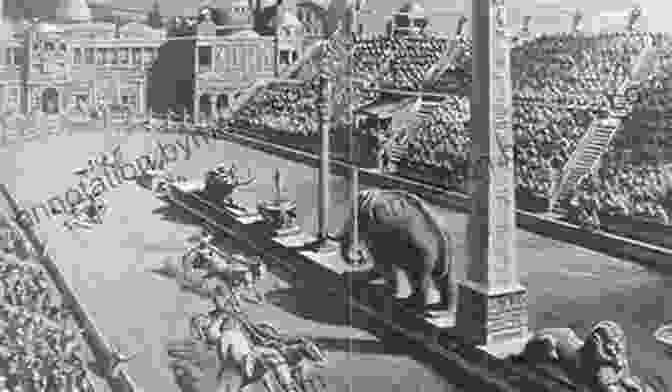
A Symbol of Imperial Power
The Hippodrome of Constantinople was more than just an architectural marvel or a center of entertainment. It was a powerful symbol of imperial power and authority.
The emperor's presence at chariot races and other events in the Hippodrome was a public display of his authority and connection to the people. The Hippodrome also served as a backdrop for imperial ceremonies and celebrations, reinforcing the emperor's status as the pinnacle of Byzantine society.

A Legacy that Endures
The Hippodrome of Constantinople remained a vibrant and essential part of the Byzantine capital for centuries. However, with the fall of the Byzantine Empire in the 15th century, the Hippodrome gradually fell into disuse and decay.
Today, the Hippodrome of Constantinople is a UNESCO World Heritage Site and a major tourist attraction in modern Istanbul. While much of the original structure has been lost, the remaining elements, including the Serpent Column, the Column of Constantine, and the Kathisma, offer a glimpse into the grandeur and significance of this once-magnificent landmark.
The Hippodrome of Constantinople was a magnificent architectural achievement, a thrilling stage for chariot races, a center for civic life, and a powerful symbol of imperial power. Through its rich history, the Hippodrome played a pivotal role in the cultural and political fabric of the Byzantine Empire.
Today, the Hippodrome stands as a testament to the ingenuity and artistry of the Byzantine builders. It is a reminder of the grandeur of the Byzantine Empire and a symbol of the enduring legacy of Constantinople.
5 out of 5
| Language | : | English |
| File size | : | 10608 KB |
| Text-to-Speech | : | Enabled |
| Screen Reader | : | Supported |
| Enhanced typesetting | : | Enabled |
| Word Wise | : | Enabled |
| Print length | : | 78 pages |
Do you want to contribute by writing guest posts on this blog?
Please contact us and send us a resume of previous articles that you have written.
 Book
Book Novel
Novel Page
Page Chapter
Chapter Text
Text Story
Story Genre
Genre Reader
Reader Library
Library Paperback
Paperback E-book
E-book Magazine
Magazine Newspaper
Newspaper Paragraph
Paragraph Sentence
Sentence Bookmark
Bookmark Shelf
Shelf Glossary
Glossary Bibliography
Bibliography Foreword
Foreword Preface
Preface Synopsis
Synopsis Annotation
Annotation Footnote
Footnote Manuscript
Manuscript Scroll
Scroll Codex
Codex Tome
Tome Bestseller
Bestseller Classics
Classics Library card
Library card Narrative
Narrative Biography
Biography Autobiography
Autobiography Memoir
Memoir Reference
Reference Encyclopedia
Encyclopedia Roland Lazenby
Roland Lazenby Yuliya Pankratova
Yuliya Pankratova Dennis Jarecke
Dennis Jarecke Thomas Pyzdek
Thomas Pyzdek Don Jose Ruiz
Don Jose Ruiz John Corcoran
John Corcoran Steve Cohen
Steve Cohen Glenn Head
Glenn Head Peter Chan
Peter Chan Jennifer Hilt
Jennifer Hilt Evangeline Neo
Evangeline Neo Stephanie Muntone
Stephanie Muntone Dennis Becker
Dennis Becker Denis Dutton
Denis Dutton Deirdre V Lovecky
Deirdre V Lovecky Derek Jacobi
Derek Jacobi Martin Wolf
Martin Wolf Deneys Reitz
Deneys Reitz Scott Freeman
Scott Freeman Kristin Briney
Kristin Briney
Light bulbAdvertise smarter! Our strategic ad space ensures maximum exposure. Reserve your spot today!

 Emilio CoxWar Against The Mafia: The Executioner - Unveiling the Ruthless Underworld of...
Emilio CoxWar Against The Mafia: The Executioner - Unveiling the Ruthless Underworld of...
 Joseph ConradRose Honey: A Children's Book that Captivates, Inspires, and Empowers Young...
Joseph ConradRose Honey: A Children's Book that Captivates, Inspires, and Empowers Young... Zadie SmithFollow ·7.7k
Zadie SmithFollow ·7.7k Alan TurnerFollow ·2.3k
Alan TurnerFollow ·2.3k José MartíFollow ·5k
José MartíFollow ·5k Terry BellFollow ·7.5k
Terry BellFollow ·7.5k Julian PowellFollow ·18.5k
Julian PowellFollow ·18.5k Bernard PowellFollow ·5.9k
Bernard PowellFollow ·5.9k Dwight BlairFollow ·18.9k
Dwight BlairFollow ·18.9k Branson CarterFollow ·9.3k
Branson CarterFollow ·9.3k
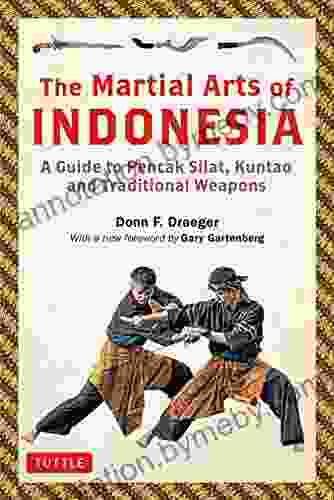
 Cruz Simmons
Cruz SimmonsGuide To Pencak Silat Kuntao And Traditional Weapons:...
Immerse yourself in the captivating world of...

 Dalton Foster
Dalton FosterUnlock Your Financial Freedom: Dive into the ABCs of Real...
Are you ready to embark on a...

 George Orwell
George OrwellThe Advanced Guide to Real Estate Investing: Your...
Are you ready to embark on...
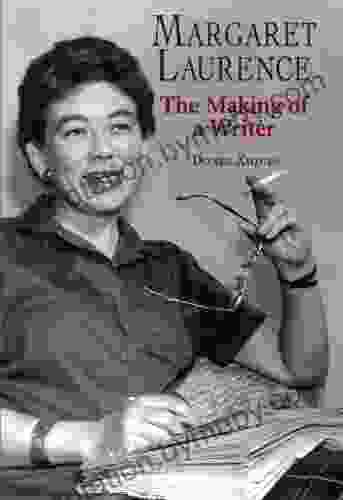
 Will Ward
Will WardMargaret Laurence: The Making of a Writer
Margaret Laurence (1926-1987) was one of...

 Jorge Amado
Jorge AmadoThe ABCs of Property Management: A Comprehensive Guide...
Owning and managing rental...
5 out of 5
| Language | : | English |
| File size | : | 10608 KB |
| Text-to-Speech | : | Enabled |
| Screen Reader | : | Supported |
| Enhanced typesetting | : | Enabled |
| Word Wise | : | Enabled |
| Print length | : | 78 pages |


